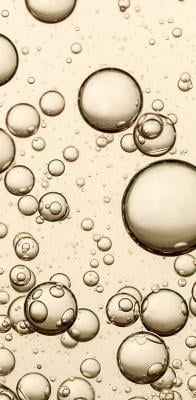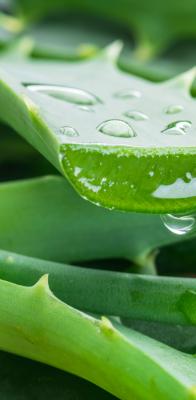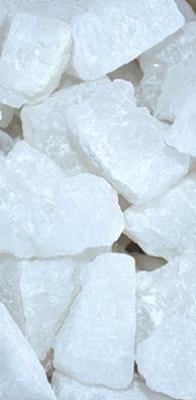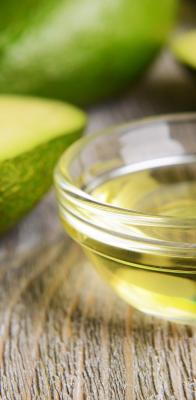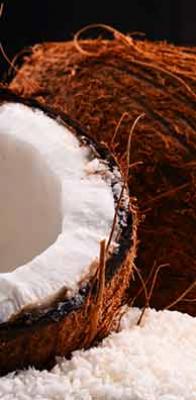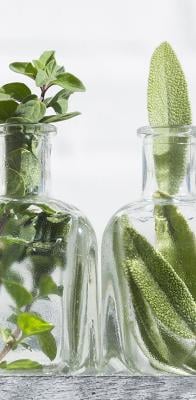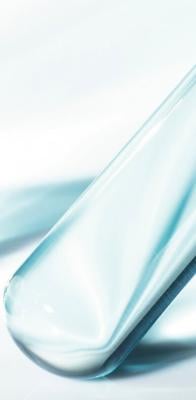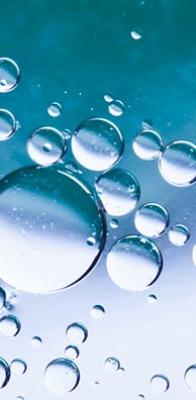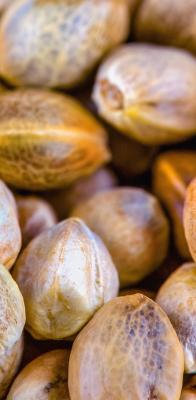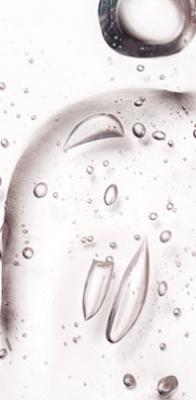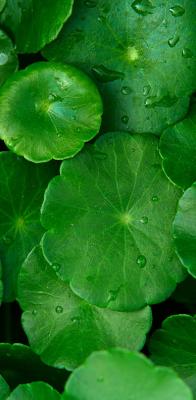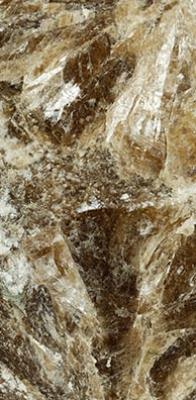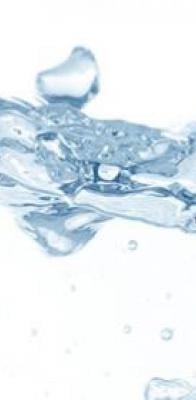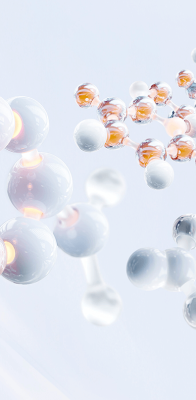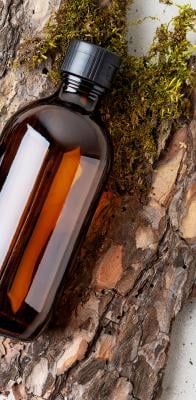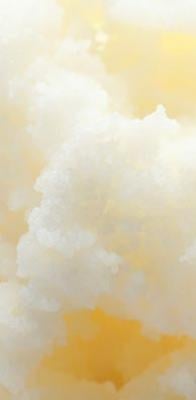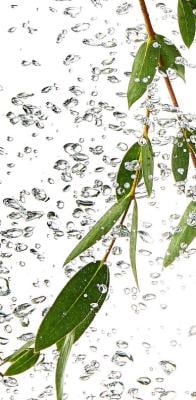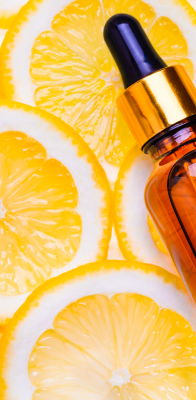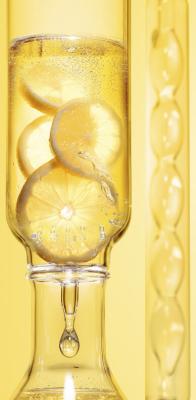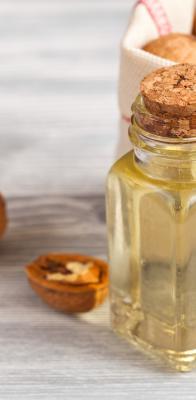What is lactic acid?
Lactic acid is an organic acid from the AHA (alpha-hydroxy acid) family that is found naturally in milk, in certain fruits and vegetables (such as tomato or guava) and also in wine. It plays a role in various biochemical processes in the human body.
In our cosmetic products, it appears in the list of ingredients on the packaging, under the name LACTIC ACID.
Where does it come from?
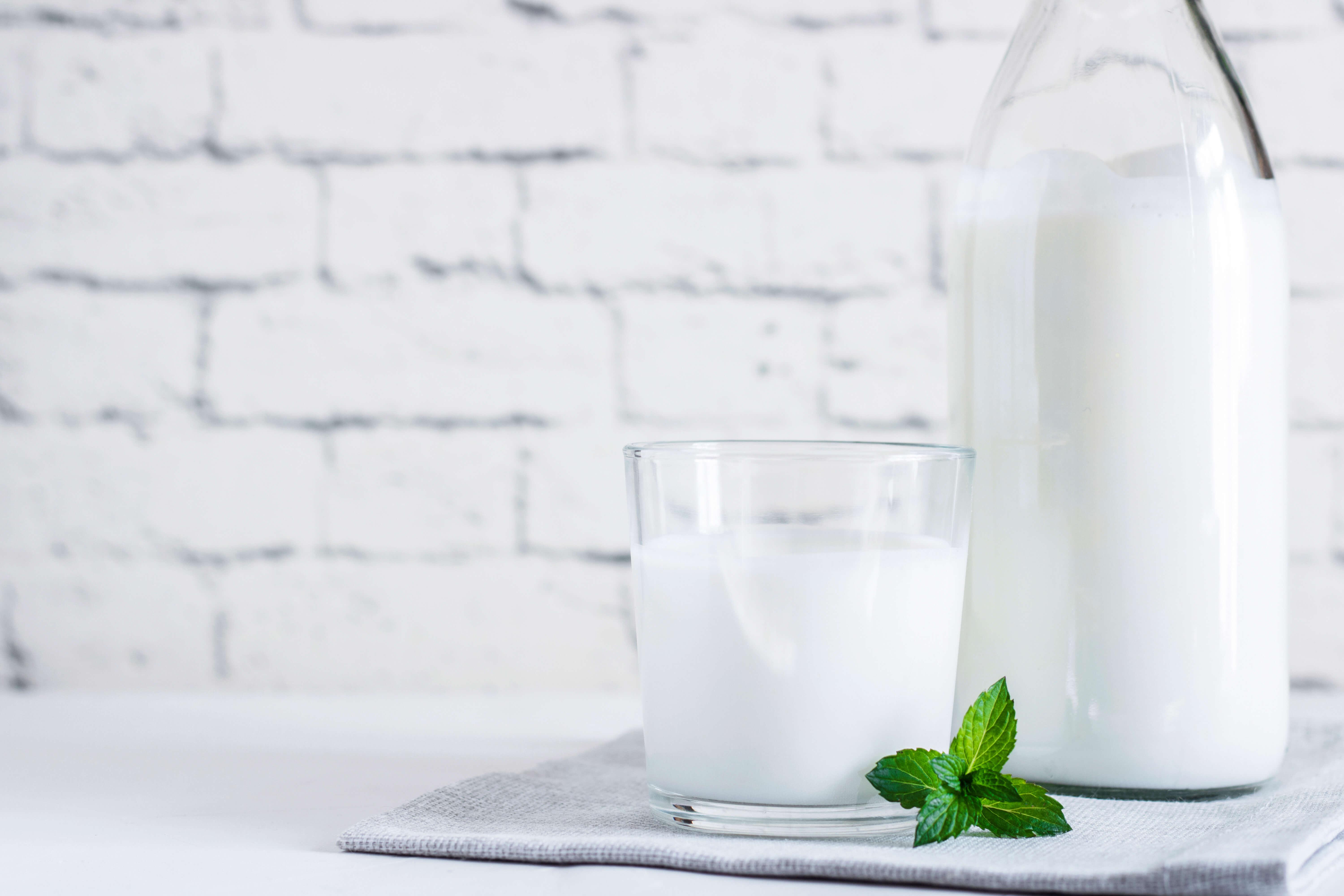
The lactic acid we use is of natural origin. It has a good environmental profile and is biodegradable. Its manufacturing process conforms to the principles of green chemistry*. It is made from the fermentation of sugar (beet, sugar cane and corn).
*Process using minimum energy, water and generating minimum waste
What is it used for?
Lactic acid is used in the food industry as an additive, as an acidifier and flavour enhancer. Its antibacterial properties make it an ingredient of choice in the detergent industry. It is used in cosmetics to adjust the pH of the formula, and for its moisturizing and exfoliating properties. It is used in some cosmetic products in combination with other AHAs such as glycolic acid.
-
pH adjuster
-
Moisturizing
-
Exfoliation and complexion radiance
What are the benefits?
Lactic acid is used to gently exfoliate the skin. It promotes moisturizing, evacuation of dead cells and cell renewal. It helps to soften and retain moisture in the skin, and give it radiance. It also helps maintain the pH of the skin's flora. In hair care, it is known to strengthen the hair.
The Facts:
- By its nature and its involvement in biochemical processes, lactic acid is a pH adjuster in formulas.
- A study shows that AHAs such as lactic acid, citric acid or glycolic acid help to improve the signs of skin aging: radiance of complexion and reduction of wrinkles, thanks to their keratolytic (exfoliating) properties. For more information, see the following article: Gougerot-Schwartz A. « Alpha-hydroxy-acides et vieillissement cutané » Encyl Méd Chir, Cosmétologie et Dermatologie esthétique, 50-160-C-12, 7p. 2000
- Lactic acid is known to promote skin moisturizing.
- Lactic acid has been shown in the literature to strengthen hair fibers. Indeed, one of its main uses is to improve the strength of bleached hair.
How is it used in our products?

We use lactic acid to adjust the pH in our hygiene products such as intimate hygiene products, shower gels and shampoos.
We use it for its gentle exfoliating properties in facial cleansers, and in some peeling products. For this type of product, it is recommended to follow the precautions for use indicated on the packaging, such as not exposing oneself to the sun and using a product with sun protection. Lactic acid is suitable for use with sensitive skin. Like all our products, those containing lactic acid are subject to strict evaluation of their quality and safety.
AHAs are regulated (formula concentrations and formula pH) in various regions around the world such as Canada, Taiwan, China, ASEAN (Association of Southeast Asian Nations) countries, Brazil and Mexico. They are also subject to local recommendations in other countries such as the United States. In the United States, some products containing AHAs must have special labelling mentioning the presence of AHAs in the formula and the associated precautions for use. Our products comply with the regulatory requirements in each country where they are marketed.


